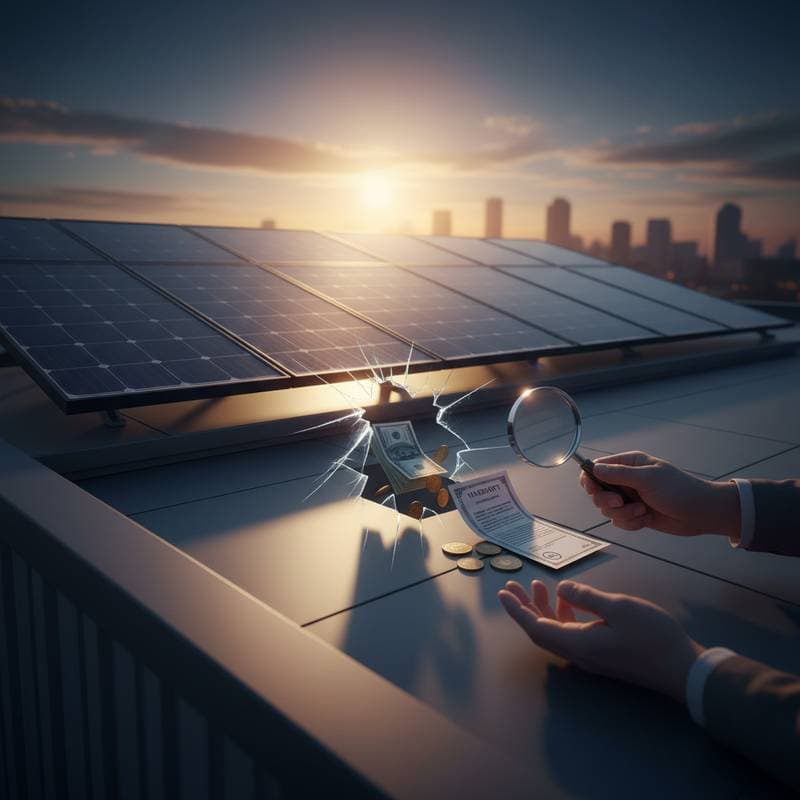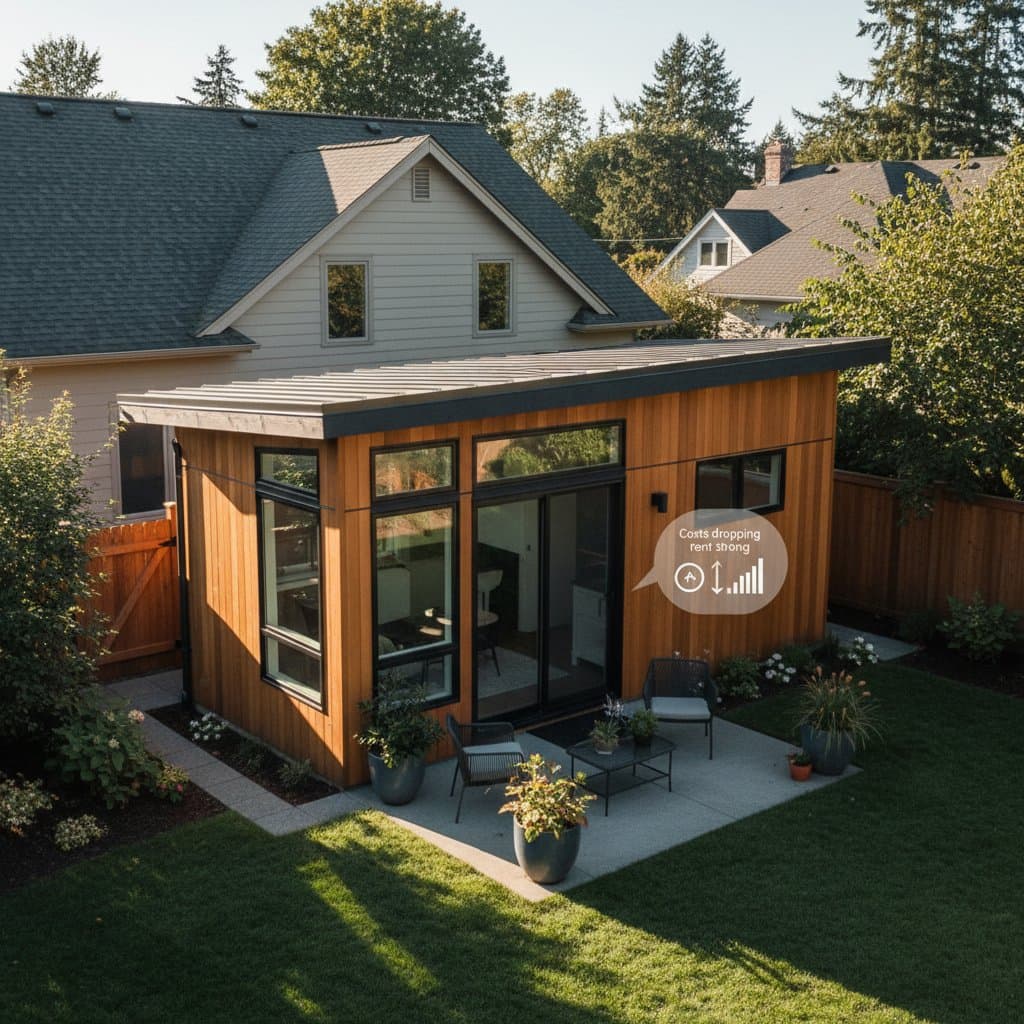Understanding Solar Warranties and Their Importance
Solar warranties form the backbone of any photovoltaic system investment. Manufacturers typically guarantee panel performance for 25 years or more, promising at least 80 to 90 percent output over that period. However, these assurances often focus solely on product defects, leaving other elements exposed. Homeowners must examine the fine details to avoid surprises that diminish returns on renewable energy.
Inverters, mounting hardware, and labor receive separate coverage, sometimes as short as 10 years or less. Gaps arise when policies exclude environmental damage, improper installation, or even routine wear. Without thorough review, a seemingly comprehensive warranty can result in thousands of dollars in unforeseen expenses. Begin by distinguishing between product, performance, and workmanship warranties to grasp full implications.
Common Warranty Gaps That Increase Your Costs
One prevalent gap involves labor coverage. Many policies cover only the equipment itself, requiring owners to pay for technician visits, which can exceed $500 per incident. Inverters often fall into this category, with replacement labor not included after the initial five to ten years.
Transferability rules present another challenge. Standard warranties tie protection to the original owner, voiding upon home sale unless explicitly transferable. Some demand fees or additional inspections, complicating real estate transactions. Always verify these terms during the quoting process to maintain value.
Exclusions for external factors further erode protection. Policies may deny claims for bird damage, hail impacts beyond certain sizes, or micro-cracks from thermal cycling. Coastal salt exposure or extreme temperature fluctuations often require add-on riders, unavailable in basic plans. Compare multiple manufacturers to identify those with broader safeguards against regional hazards.
Materials and Tools Checklist for Warranty Compliance
Maintaining records and performing basic upkeep preserves warranty validity. Assemble the following essentials to stay proactive:
- Warranty documents for panels, inverters, and all components
- Serial numbers and installation certificates for quick reference
- Monitoring software or a digital meter to track energy output
- A stable ladder and soft-bristle brush for safe panel cleaning
- Contact details for installers, manufacturers, and certified technicians
- Digital storage solution for archiving photos of the system over time
These items enable swift responses to performance issues, demonstrating compliance with maintenance requirements in warranty terms.
Maintenance Practices to Extend Warranty Coverage
Regular care directly influences warranty claims success. Clean panels one to two times annually, using deionized water to prevent mineral deposits that could void defect coverage. Focus on areas with high dust, pollen, or bird activity, but avoid harsh chemicals that might damage coatings.
Inspect visible components from ground level quarterly. Look for loose mounts, frayed wiring, or shading from overgrown vegetation. Trim nearby trees to optimize sunlight exposure, as reduced output from shading can complicate performance warranty disputes. Panels endure 25 to 30 years under ideal conditions, yet inverters typically last 10 to 15 years, necessitating budgeted replacements.
Store documentation securely in both physical and digital formats. If production falls below guaranteed levels, present these records alongside monitoring data to expedite manufacturer support. Consistent habits not only prolong system life but also strengthen positions in potential claims.
Regional and Climate Factors Affecting Warranties
Local environments play a critical role in warranty enforcement. In hot, humid areas, corrosion accelerates on unprotected metal parts, often excluded unless anti-corrosive treatments are applied during installation. Manufacturers may require proof of such measures to honor claims.
Coastal regions face salt buildup that erodes efficiency; seek policies with explicit marine-grade protections. Snowy climates demand robust racking systems rated for heavy loads, plus proper flashing to avert roof leaks that could nullify workmanship guarantees. Some providers extend labor warranties for these challenges, covering up to 10 years in high-risk zones.
Consult installers about climate-specific addendums. For instance, desert installations benefit from dust-mitigation clauses, while urban settings address pollution impacts. Tailoring coverage to your location minimizes gaps and ensures long-term reliability.
Actionable Steps to Secure Comprehensive Coverage
Protect your investment through deliberate preparation. Review every warranty clause prior to signing contracts, highlighting ambiguities for clarification. Question installers on claim processes, average resolution times, and their role in disputes.
Register components with manufacturers immediately post-installation to activate full terms. Explore extended warranties for labor and inverters if standard options fall short. Set aside a modest contingency fund, around 5 percent of system cost, for potential shipping, diagnostics, or minor exclusions.
Engage third-party monitoring services for objective performance data, bolstering claims if needed. Annual professional inspections, costing $200 to $400, can detect issues early and document adherence to terms.
Safeguarding Long-Term Solar Benefits
A well-understood warranty transforms solar ownership from a risk into a reliable asset. By addressing gaps upfront and committing to diligent maintenance, homeowners preserve energy savings and avoid repair pitfalls. This approach delivers decades of uninterrupted clean power, aligning environmental goals with financial security.



